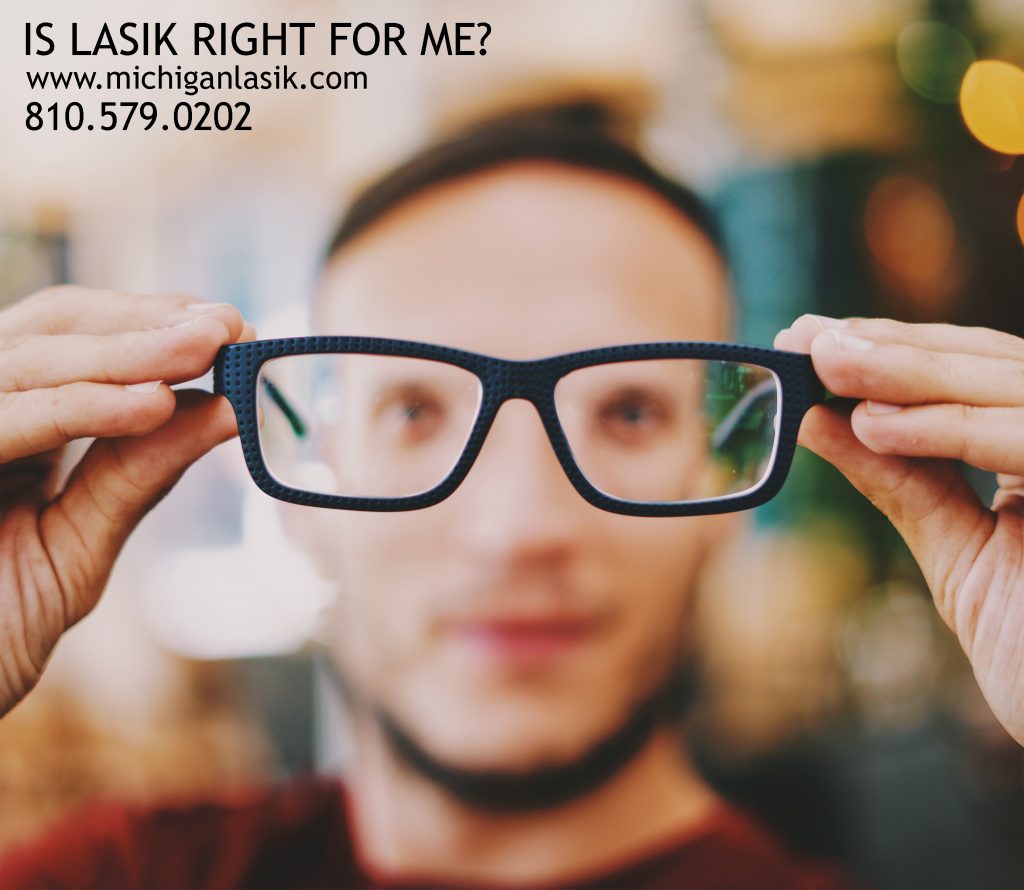No matter how young or old you are the health of your eyes is of the utmost importance. Our eye sight is an essential element in our everyday lives. It is important to remember this when making decisions regarding your vision. There are many choices when it comes to correcting issues with your vision such as eye glasses, contacts, and LASIK. When choosing an option that is right for you a lot of people start to consider undergoing the LASIK procedure. The thing most people are worried about is that they aren’t the right age to have the LASIK procedure performed. If that is you, keep on reading.
What is the perfect age to have LASIK performed?
Ophthalmologists and LASIK surgeons both agree that a patients age means less than the stability of their vision when determining if they should have laser vision correction performed. Patients that have has the same prescription for a period of time are most likely ready to have the LASIK procedure done. This often occurs for patients in their twenties.
Are there career benefits to LASIK?
Depending on your career, clear vision without the hindrance of eye glasses or contacts can be extremely beneficial. Athletes are one category of individuals who would have an advantage with laser vision correction. Contacts are not the same hindrance as eye glasses can be however there is always the concern about losing one or getting dirt in it while in the midst of an activity.
Can my eyesight continue to change one it has been corrected by LASIK?
Your vision can still change once the LASIK procedure is performed. Laser surgery helps to increase your vision to its best but even after LASIK it can still continue to change naturally over time. Statistics show that about 10% of LASIK patients will need to have touch up procedures performed after LASIK is done. This is especially true the more drastic your vision correction was.
If you are interested in finding out more about LASIK and how it can benefit you talk to family, friends, co-workers, and the people you trust for LASIK surgeon recommendations. This allows you to narrow down providers before hitting the internet for reviews and scheduling consultations.
Rohr Eye & Laser Center offers the most advanced technology available to suit your lifestyle and visual needs. As a leader in laser vision correction and cataract surgery, our goal is to help you achieve the best vision possible without glasses or contact lenses. More information can be found online at https://michiganlasik.com.

